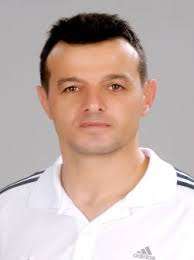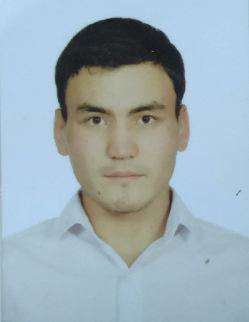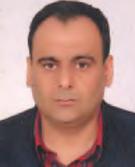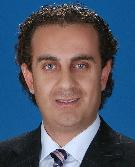Filters
Filters
Found: 51 Piece 0.004 snCollection [1]
Researchers [9]
Faculty / Institute [1]
Publication type [3]
Publication year [10]
Language [2]
Source [20]
- Applications of Traditional Equestrian Sports in the World 10
- Pakistan Journal of Medical & Health Sciences (PJMHS) 9
- Applications of Traditional Wrestling in The World 5
- MANAS Journal of Social Studies (MJSS) - MANAS Sosyal Araştırmalar Dergisi 4
- Turkish Journal of Sport and Exercise / Türk Spor ve Egzersiz Dergisi 3
- Anthropologist 2
- Journal of International Social Research / Uluslararası Sosyal Araştırmalar Dergisi 2
- Turkish Studies 2
- Вестник МГПУ. Серия: Естественные науки / MCU Journal of Natural Sciences 2
- European Journal of Physical Education and Sport Science 1
- International Journal of Applied Exercise Physiology (IJAEP) 1
- International Journal of Early Childhood Special Education 1
- International Journal of Humanities and Social Science 1
- International Journal of Life science and Pharma Research (IJLPR) 1
- International Journal of Wrestling Science 1
- Journal of Back and Musculoskeletal Rehabilitation 1
- Revista Brasileira de Medicina do Esporte 1
- The International Journal of the History of Sport 1
- Turkish Journal of Education 1
- Voprosy Istorii / Вопросы истории 1 More less
Databases [13]
Index Type [8]
Index Type 2 [1]
Publisher [17]
- Nova Science Publishers 15
- Lahore Medical & Dental College, Lahore 9
- Kyrgyz - Turkish Manas University 4
- Selçuk Üniversitesi Beden Eğitimi ve Spor Bilimleri Fakültesi 3
- International Balkan University, Makedonia 2
- Kamla-Raj Enterprises 2
- Taylor & Francis 2
- Московский городской педагогический университет 2
- Anadolu Üniversitesi 1
- Center for Promoting Ideas (CPI), USA 1
- Eurasian Exercise and Sport Science Association, Iran 1
- IOS Press 1
- International Journal of Life Science and Pharma Research, Tamilnadu, India. 1
- Open Access Publishing Group, Romania 1
- Sociedade Brasileira de Medicina do Exercício e do Esporte (SBME) 1
- Московский государственный университет спорта и туризма 1
- Редакция журнала «Вопросы истории» 1 More less
Department [1]
National/International [2]
Subject Headings [20]
- traditional wrestling 6
- wrestling 5
- traditional sports 4
- culture 3
- kyrgyz 3
- turkish peoples 3
- Central Asia 2
- archaic tracks 2
- attitude 2
- custom 2
- equestrian culture 2
- equestrian sport 2
- equestrian sports 2
- judo 2
- national huresh 2
- pedagogy 2
- performance 2
- sports 2
- tuvans sports culture 2
- Altai turks 1 More less
 Mehmet TÜRKMEN
Mehmet TÜRKMEN Bilal DEMIRHAN
Bilal DEMIRHAN Kanat CANUZAKOV
Kanat CANUZAKOV_622977e68c563.jpg) Serdar GERİ
Serdar GERİ Sıymık ARSTANBEKOV
Sıymık ARSTANBEKOV Ünal TÜRKÇAPAR
Ünal TÜRKÇAPAR Cengiz BUYAR
Cengiz BUYAR Ciparkül ABDIRAHMANOVA
Ciparkül ABDIRAHMANOVA Hasan GÜZELBEKTEŞ
Hasan GÜZELBEKTEŞ

